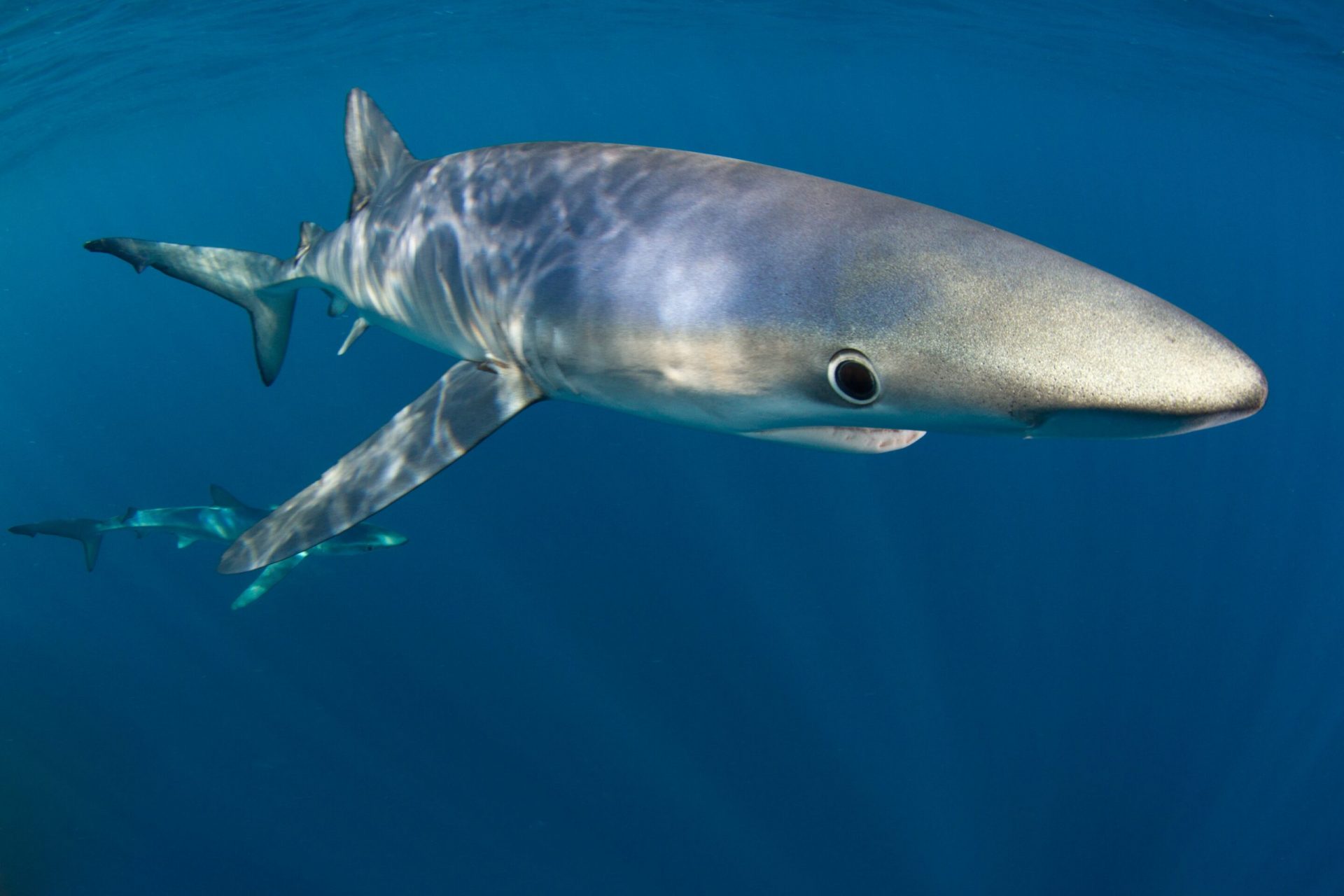A groundbreaking study reveals that highly migratory fish predators, including sharks, tuna, and billfish, are facing a dire future. By 2100, these species will experience significant habitat loss and redistribution in the Northwest Atlantic Ocean and the Gulf of Mexico. These regions, known for their rapid warming, are projected to see temperature increases of 1–6°C (+1–10°F) by the end of the century, signaling alarming climate-driven changes in marine ecosystems.
In some cases, these iconic and economically important species could lose up to 70% of their suitable habitat by the end of the century. The impacts of climate-induced changes are already evident, emphasizing the urgent need for proactive and adaptive management of marine ecosystems. This crucial information comes from a study titled “Widespread habitat loss and redistribution of marine top predators in a changing ocean,” published in the prestigious journal Science Advances.
Leading the study is Camrin Braun, an assistant scientist and marine ecologist at the Woods Hole Oceanographic Institution (WHOI). Braun and his team have identified predicted hotspots of multi-species habitat loss offshore of the Southeast U.S. and Mid-Atlantic coasts. The study focuses on three shark species (blue, porbeagle, and shortfin mako), five tuna species (albacore, bigeye, bluefin, skipjack, and yellowfin), and four billfish species (sailfish, blue marlin, white marlin, and swordfish). While the study couldn’t account for species’ adaptability or thermal tolerance, the results suggest widespread habitat loss for most highly migratory species.
“Climate change will fundamentally alter the distribution and behavior of these species. Although we don’t fully comprehend the extent of these changes, this study is a crucial step towards understanding and addressing them,” said Braun.
The research team utilized three decades of satellite, oceanographic model, and biological data to develop dynamic species distribution models. These models assess the current and future impacts of climate change on fish species in the Northwest Atlantic Ocean and the Gulf of Mexico.
“Our research demonstrates that climate-driven changes are already happening, based on observed empirical data from the last two decades. While our findings indicate significant species shifts in the near future, they also highlight the substantial changes that have already occurred,” said study co-author Rebecca Lewison, a professor of biology and conservation ecologist at the Coastal and Marine Institute at San Diego State University. She emphasized the importance of using NASA and other satellite data to understand the impact of a changing ocean on commercially important marine species like swordfish and tunas.
The study not only provides valuable insights into the far-reaching effects of climate change on ocean environments but also emphasizes the need for adaptive management and conservation efforts. As migratory fish species continue to shift their habitats, fishing vessels and coastal communities must adapt accordingly. This research will enable marine resource agencies to make more informed and dynamic decisions,” said study co-author Tobey Curtis, a fishery management specialist in the Atlantic Highly Migratory Species Management Division of NOAA Fisheries.
The habitat and distribution changes of these species raise concerns for fisheries and the socioeconomic impacts on fishing communities. The concentrated shifts in species distribution underscore the necessity of adaptive management approaches that can respond to expected changes. The study concludes that static fishery management measures will lose ecological relevance and economic efficacy as species redistribute due to climate change.
Braun emphasized that the research not only aims to understand fish and marine ecosystems but also to comprehend how these changes affect people, livelihoods, coastal communities, and commercial fisheries. “We are striving to anticipate future scenarios so that people can adapt and we can develop climate-resilient management policies,” Braun added. He highlighted the need for dynamic ocean management frameworks that account for expected changes, rather than relying on static approaches that fail to address the movement of fish and the changing ocean.








